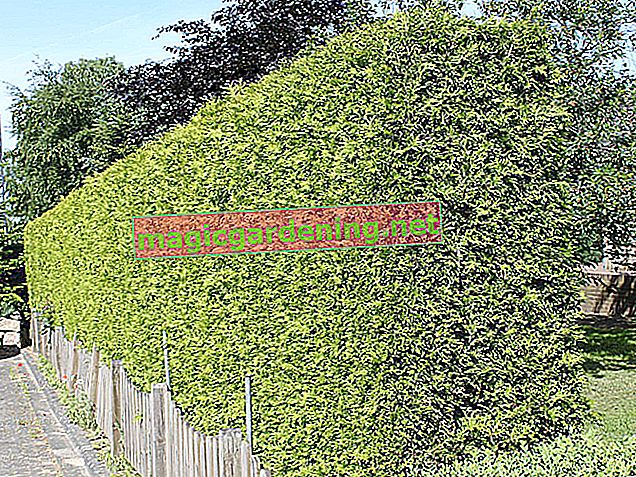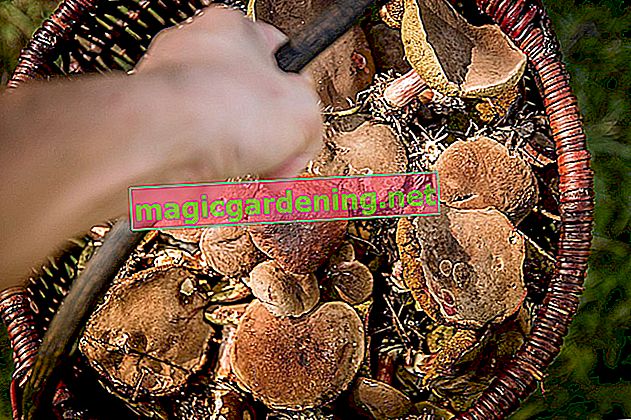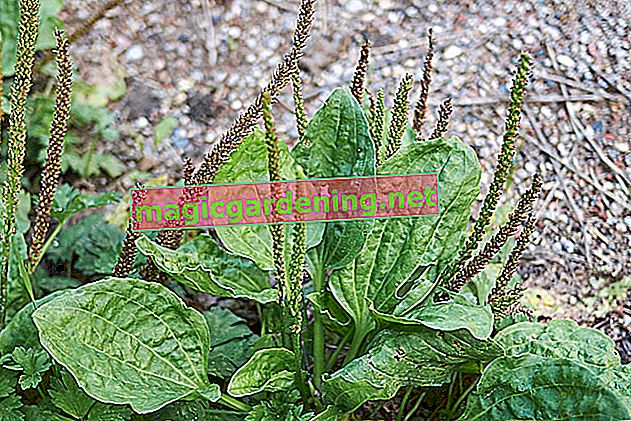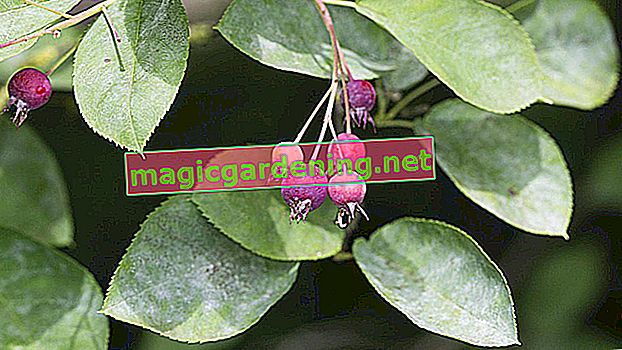
How often do you have to water the Japanese azalea?
When it comes to watering, you should be careful with the Japanese azalea. Although the plant prefers well-drained and rather moist soil - the moister the soil, the lighter the location can be - but does not like wet feet. A certain basic moisture level makes sense, but waterlogging should be avoided. So water regularly, but moderately. Also use rain or pond water if possible, as azaleas do not tolerate lime. In addition, leaves, flowers and shoots should never be wetted.
also read
- Magnificent Japanese azalea bonsai - location, care, cutting
- Japanese azalea begins flowering in late spring
- Hibernating Japanese azaleas properly
How often and with what should you fertilize the Japanese azalea?
Azaleas need a lot of nutrients and should therefore be regularly supplied with a rhododendron fertilizer. Start fertilizing at the beginning of the growing season in March and continue with organic fertilizers (e.g. compost or horn shavings) during the season. Mulching with compost and / or grass clippings is recommended.
Should you cut Japanese azaleas?
A pruning is only necessary if the shrub is threatened with balding. In this case, it is best to shorten the shoots before the actual budding in March, but not shorter than about 50 to 60 centimeters. Larger cuts should be treated with a wound closure agent. This spring care also includes thinning out and removing dead branches.
Does cleaning out dead shoots make sense?
Yes, because then the plant will develop more flowers. However, do not cut off what has withered, but break it out carefully: this is where the new shoots also grow, which of course should not be damaged.
Can you radically prune Japanese azaleas?
In principle, a radical cutback is possible. However, after such a cut, Japanese azaleas may take a long time to sprout again.
Is the Japanese azalea hardy?
Yes, the Japanese azalea is hardy. However, a light winter protection makes sense, especially for young plants, as well as a frost-free or protected wintering for tub specimens.
Which diseases and pests are particularly common in the Japanese azalea?
Typical damage is, for example, yellowing of the leaves caused by malnutrition or malnutrition or leaf spots caused by fungal or viral infections. Various wilted diseases and botrytis (gray mold) also occur quite frequently.
Tips
When working in fertilizer, be careful not to work too intensively with the hoe near the Japanese azalea. The plant's roots are just below the surface and could be damaged.








